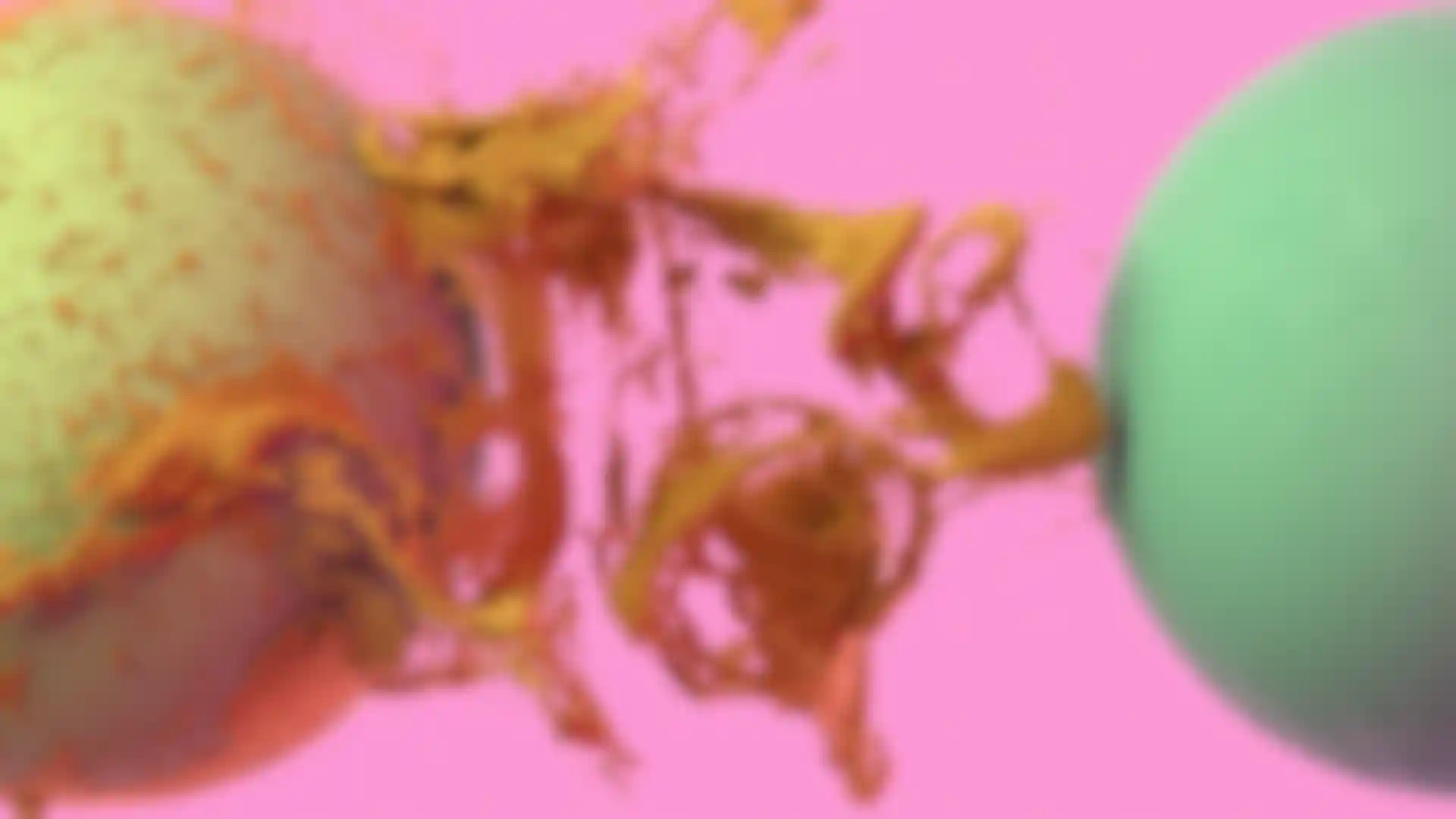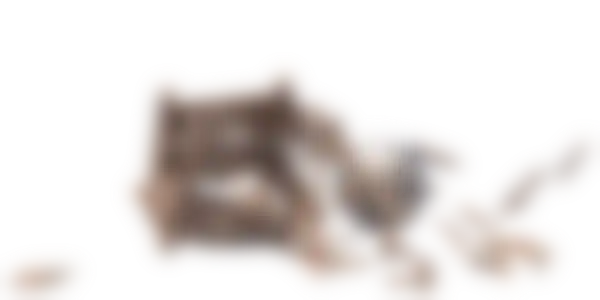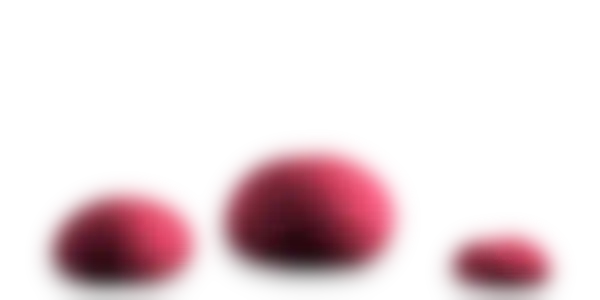Bullet Dynamics

Let’s Get Physical
Whenever a large number of objects or particles interact with each other or are affected by forces such as wind or gravity, traditional animation methods quickly reach their limits. Animating these elements individually would be a gargantuan task. This is where simulation is the weapon of choice. Complex algorithms are used to generate the animation and interaction of these elements – and Cinema 4D offers a wide range of functions and presets to create breathtaking physical simulations and realistic-looking effects.

The typical behavior and properties of materials such as paper, cloth, hair, feathers or fur can be applied to different objects. In addition to their natural behavior, the properties of these materials can be modified to create abstract, unexpected behavior to fulfill any artist’s creative needs.
Cinema 4D also includes additional tools for creating dynamic simulations of mass, velocity and surface characteristics. Forces such as wind or gravity can be applied to these objects to easily create complex, interactive animations like filling a glass with water, collapsing a wall, making pool balls interact and much more. The Cinema 4D particle system lets complex simulations be created using vast numbers of objects.

Dynamics
Dynamics System for Stunning, Realistic Motion
MoDynamics is based on the proven Bullet physics library and now you can also use MoGraph's powerful Effectors to add dynamics for amazing realism. Set simple parameters like mass, bounce, gravity, friction and more and let MoDynamics do the work. Create breathtaking, realistic motion every time.
Rigid Body Dynamics
Rigid Bodies are objects that fall, collide, bounce and more - in short, they interact with forces and with each other. Rigid Bodies interact with simulated natural forces and with each other. Parameters such as Mass, Velocity and Gravity can be used to easily lend dynamic behavior to thousands of objects containing millions of polygons!
Soft Body Dynamics
In addition to Cinema 4D’s Rigid Bodies you can use Soft Body Dynamics to simulate all kinds of objects that are deformed by collisions or other physical forces. Several settings such as stiffness, damping, flexion, etc. let you precisely define how your objects behave when struck, dropped or squashed. Even gas-filled elements can be simulated accurately.
Aerodynamic Forces
Animate with air? The new aerodynamic features in Cinema 4D make it possible! Simulate air currents and let feathers, paper or leaves glide gently through the air. Use the Double-Sided option to let forces affect objects that have no real depth.



Additional Tools
Cinema 4D Studio's Dynamics contains much more than just Rigid and Soft Bodies. You can use connectors such as hinges, cardans and springs to let objects interact. Angular or linear motors can move your objects without setting keyframes. And to top it off, torque and speed can be set individually to fine-tune your animation.

Force
The Dynamics Force object causes each object to exercise its own radial gravitational force onto every object within its reach.

Motor
A Motor is a Dynamics element that exerts a continuous force or torque on an object to which a Dynamics Body tag has been assigned.

Connector
Connectors restrict the movement/ rotation of Rigid Bodies and Soft Bodies. Without Connectors, objects would only be affected by forces and collisions.

Spring
Springs are elements that exert force that increases in accordance with their distortion.

Cloth Simulation
Dress Your Characters in Style
Cinema 4D’s powerful cloth simulation solution offers the full range of characteristics that are typical for fabrics, including stiffness, flexion, friction and many more. Cloth can even be made to stretch or tear, just like any real fabric would do, whether it's wool or satin, cotton or silk. Cinema 4Ds cloth simulation is equipped with collision detection and interacts with itself or other scene elements.
